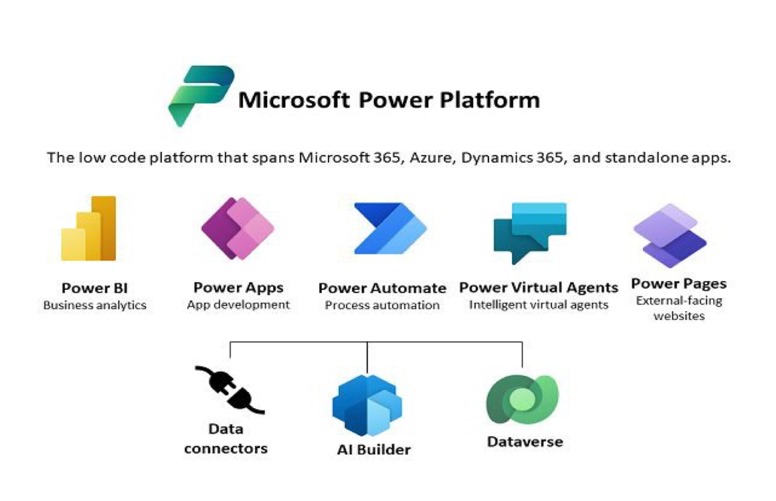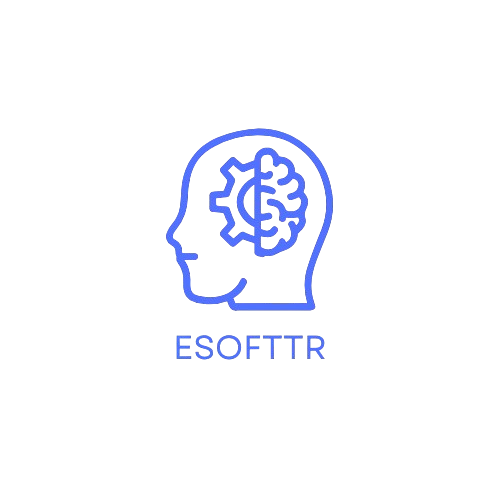Robotic Process Automation (RPA)
Robotic Process Automation (RPA) is a software technology that automates repetitive and rule-based business processes. RPA uses “software robots” or “bots” to mimic and automate tasks typically performed by humans.
Increased Efficiency: Bots eliminate humasn errors and perform tasks faster, making processes more efficient.
Cost Savings: RPA reduces costs by handling multiple tasks simultaneously and continuously.
Speed and Accuracy: Bots perform tasks quickly and accurately within predefined rules.
Compatibility and Flexibility: RPA easily integrates with existing systems and adapts to different business processes.
Employee Satisfaction: Employees are relieved from repetitive tasks, allowing them to focus on strategic and creative work.

Robotic Process Automation Usage Areas
Finance and Accounting
Robotic Process Automation (RPA) boosts efficiency and cuts costs in finance and accounting by automating tasks such as invoice processing, payroll, and financial reporting. It simplifies expense management, ensures accurate reconciliations, and supports tax compliance.

Human Resources
Robotic Process Automation (RPA) improves customer service by automating frequently asked questions (FAQs), processing support requests, and boosting satisfaction, enabling teams to address complex issues.

Customer Service
Robotic Process Automation (RPA) transforms customer service by streamlining routine tasks like answering frequently asked questions (FAQs) and handling support requests. It enhances accuracy, speeds up response times, and allows teams to prioritize complex customer needs, boosting overall satisfaction.

Healthcare
Robotic Process Automation (RPA) boosts efficiency in healthcare by automating tasks like patient record management, insurance claims processing, and appointment scheduling, enabling providers to focus on quality patient care.

